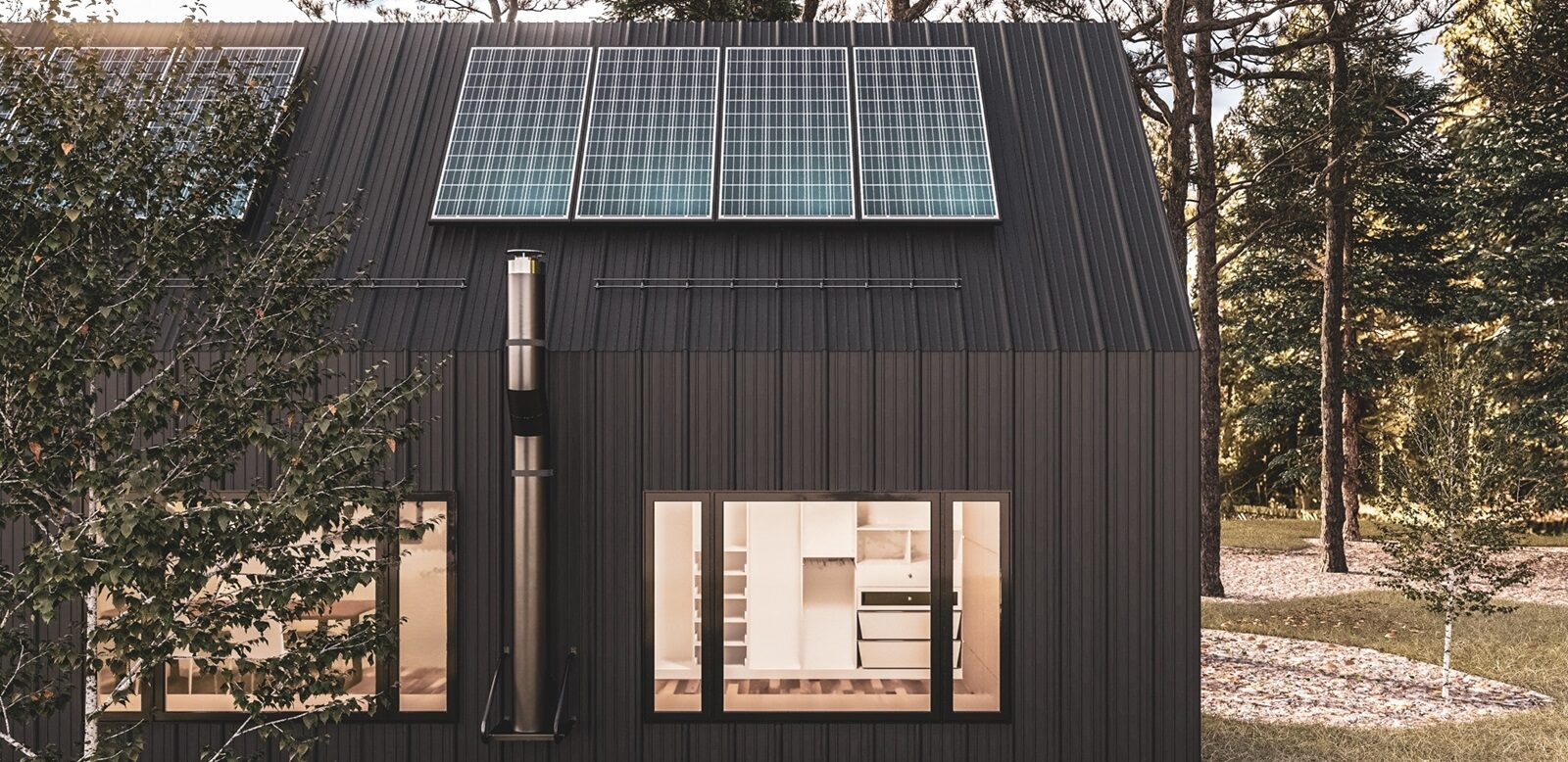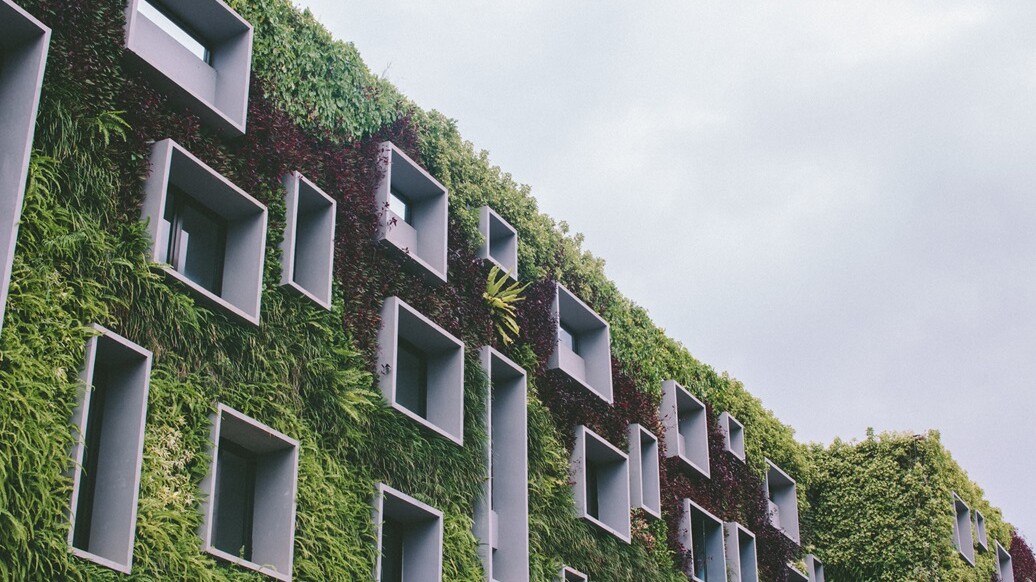
Passive vs. energy-efficient houses – understanding the role of smart glass
In today’s world, where an ecological and economical approach to life becomes not just a trend but a necessity, construction is keeping up with new challenges. A passive and energy-efficient house – these are concepts that are increasingly appearing in the context of modern construction investments. They differ significantly in terms of energy requirements. A passive house is a structure that maximizes the use of internal energy and minimizes the need to use external heat sources. Meanwhile, an energy-efficient house focuses on reducing energy consumption through intelligent resource management and the use of renewable energy sources, such as solar panels.
The role of windows in energy efficiency
Windows are one of the key elements affecting the energy balance of a building. Introducing innovations such as multi-layered insulated glazing, low-emission coatings, or smart systems for managing heat and light enables a significant increase in the energy efficiency of buildings. Liquid crystal film, commonly known as smart glass, is an innovative solution that fits perfectly into both of the aforementioned construction trends. It allows not only for the control of the amount of light penetrating but also for maintaining an optimal internal climate. This technology is an answer to the growing needs of the construction market, where energy management is becoming as important as its acquisition.
What features define a passive house?
A passive house is a building with very high energy efficiency, aiming to minimize the demand for energy used for heating and cooling. The key features of passive houses are:
- High-level thermal insulation.
- Airtight construction.
- Optimal use of sunlight.
- Use of triple-pane glazing and special window frames.
- Mechanical ventilation with heat recovery.
- Low energy demand for heating and cooling.
- Integration with renewable energy systems.
In passive houses, windows play a fundamental role in maintaining energy efficiency and thermal comfort. They must have a very low heat transfer coefficient, which is achieved by using triple glazing with insulating gas and low-emissivity coatings that reflect heat inward. Window frames should be designed to prevent thermal bridging and ensure high airtightness. The placement and design of the windows must also promote maximum use of natural light and solar heat, according to the geographical orientation of the building.

How to recognize an energy-efficient house?
An energy-efficient house is one that has been designed and built in a way that reduces energy consumption. Key specifications include:
- Good thermal insulation of walls, roof, and floors.
- High airtightness of the building to avoid unnecessary heat leaks.
- An efficient heating and ventilation system, often with heat recovery.
- Optimal use of daylight and solar heat.
- The use of energy-saving technologies and low-energy-consuming devices.
- The application of renewable sources, like solar panels, for energy production.
Windows in energy-efficient houses are a key element affecting the energy balance. They must provide proper insulation to minimize heat loss in winter and overheating in summer. For this purpose, multi-layered insulated glazing with low-emissivity coatings and frames with good insulation parameters are used. Besides insulation, the windows should be appropriately placed to maximize passive solar heating when desired, and allow effective sun protection in warmer months, which together lead to a reduction in energy demand for heating and cooling.
How Liquid Crystal Film is Changing Windows?
Smart glass technology is a breakthrough in controlling light and heat in contemporary architecture. Liquid crystal film, which transitions from an opaque to transparent state under the influence of electricity, allows users not only privacy on demand but also control over the amount of sunlight and heat entering the interior, which can significantly affect thermal comfort and energy efficiency. As a result, users can adjust the level of natural lighting according to their needs, while simultaneously reducing costs associated with heating, cooling, and artificial lighting. This is particularly important in the context of sustainable development and efforts to reduce the carbon footprint.
Smart glass can be used not only in windows but also in internal partition walls, enabling the creation of dynamic spaces that can change according to the current needs of the users. The development of this technology indicates that in the near future it may become a standard in modern construction, offering even better energy management capabilities and greater living comfort.
See more
Modern office
Loft-style office vs. privacy – muntin walls featuring smart film
Discover how muntin walls combined with smart film can transform a loft-style office, providing the perfect balance between raw design and the privacy you need. Discover the advantages of this innovative solution that combines loft aesthetics with functionality, enabling effective space and light management.
Modern office
Smart office – arrange it yourself!
The enduring trend in office interior design is modernity, interpreted in two distinct ways.
Safety and hygiene ,SPA
Aesthetics and hygiene – how glass defines modern spaces in aesthetic medicine?
Discover how glass and innovative liquid crystal film redefine the field of aesthetic medicine. Aesthetics, hygiene, and modern design come together, creating spaces that elevate the standards of medical clinics.